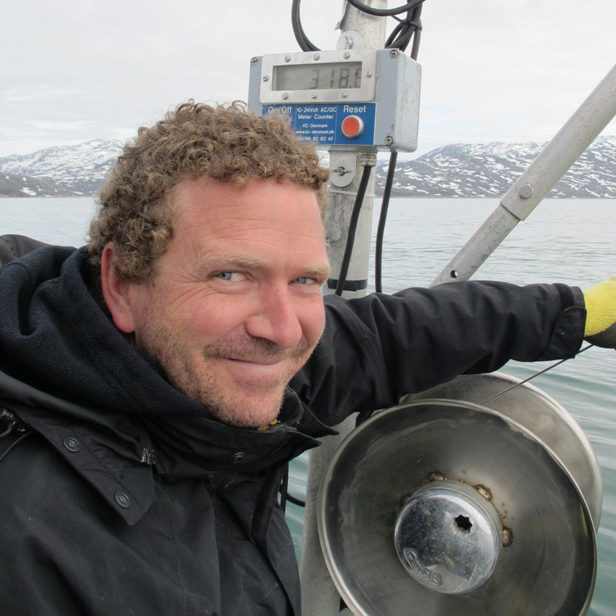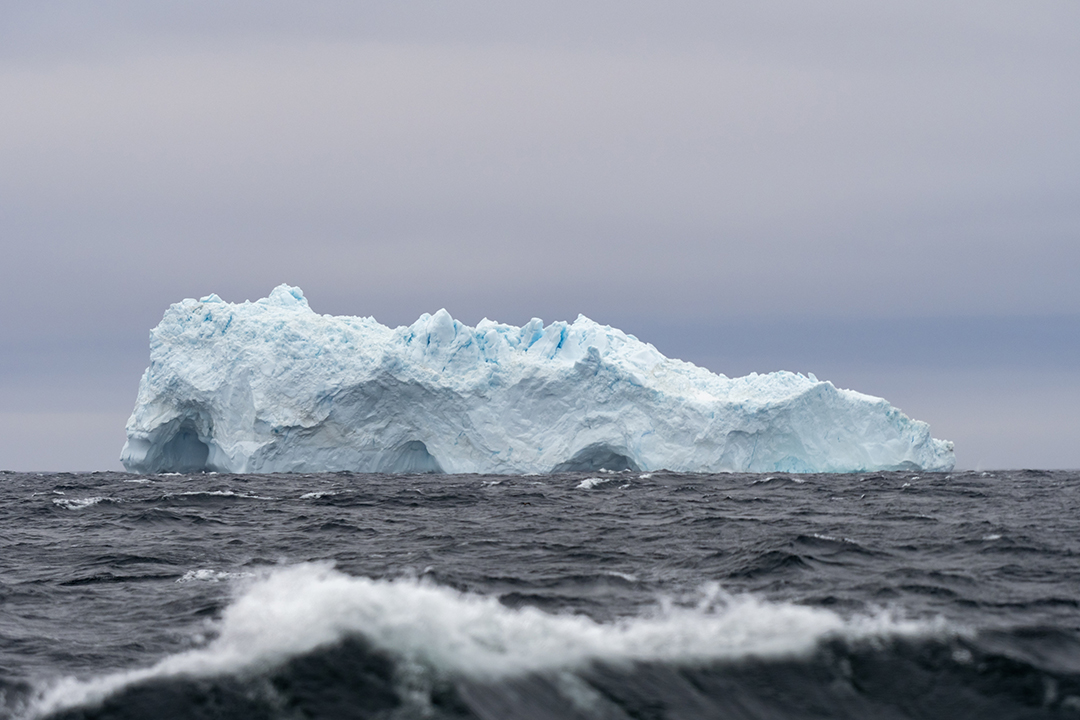ARCTIC CHANGE
To study greenhouse gases in the polar atmosphere and in surface waters in a region particularly sensitive to global warming
The problem
The Arctic is the most sensitive region of the globe to climate change. It is a key stabilizer of weather in the Northern Hemisphere and around the world.
Warming Arctic waters alter the structure of the water column, resulting in dramatic changes in major ocean currents and the uptake of carbon dioxide (CO2) – a major greenhouse gas.
In addition, as the water and land warm in this sensitive region, large amounts of methane (CH4) stored in the permafrost are released. This greenhouse gas is even more potent than CO2. Methane emissions contribute dangerously to global warming and cause an amplification of this phenomenon.
Program objectives
Monitor greenhouse gases
In partnership with the University of Geneva, the objective of the Arctic Change scientific program is to contribute to a better understanding of the role of the polar oceans in the complex context of global warming.
It aims to continuously monitor greenhouse gas concentrations (methane and carbon dioxide), temperatures and other important data in both the polar atmosphere and the surface ocean waters.
Click on the button to view the carbon dioxide and methane concentrations measured during the shipment.
What are the main greenhouse gases?
CO2
CO2, also known as carbon dioxide or carbon dioxide, is the second most important greenhouse gas in the atmosphere after water vapor. They contribute respectively to 26% and 62% of global warming.
CH4
Methane is responsible for 17% of global warming. Its high global warming potential is equivalent to 34 times that of CO2 at 100 years. But it persists less than ten years in the atmosphere. It is released at 75% by humans.
What is the role of CO2?
CO2 is a harmless gas. Plants absorb it and transform it into biomass. Human and animal respiration and combustion processes release it into the atmosphere. As a greenhouse gas, it helps to maintain pleasant temperatures on earth. Today, however, the production of CO2 of human origin is far too high.
Scientific goals and objectives
The objective of the expedition is to collect scientific data in the Arctic region in order to contribute to human knowledge of the global warming phenomenon.
Measurements of methane and carbon dioxide will be carried out continuously, in the air and in the water. Other metrological and oceanographic measurements will be added.
Despite the crucial importance of this phenomenon, precise data from the polar zones, allowing to account for the regional variability, are still cruelly lacking. New measurements are therefore essential to complement those provided by satellites.
They will allow us to better understand the extent and rate of global warming and to accurately assess the time remaining to try to solve or mitigate this problem.
The Arctic Change program led by the University of Geneva represents a unique opportunity to collect this data and to fill in the gaps in our current understanding thanks to the state-of-the-art scientific equipment installed on board our sailing ship.
Results and impact
The collected methane and carbon dioxide data will help establish current atmospheric budgets as well as calibrate atmospheric models and satellite measurements.
Combined with measured surface water concentrations and wind speed measurements, sources and sinks of methane and CO2 will be determined in these regions. These measurements will provide an important t-time picture of conditions during this period and will be used to update atmospheric models and budgets.
Monitoring of seawater temperature, salinity, and oxygen will update the current state of the region in the face of climate change and will also provide the baseline data to assess future changes.
Responsible for the project

Prof. Daniel F. McGinnis

Postdoctoral Researcher M. César Fernando Ordoñez Valdebenito
The Arctic Expedition project is the result of a partnership between the Pacific Foundation and the University of Geneva. The Pacific Foundation has 10 years of experience in leading oceanographic expeditions around the world.
The Foundation’s sailing ships are regularly chartered by researchers and scientific organizations to better understand the impact of man on the oceans and to raise public awareness of sustainable development issues.
This innovative pilot program for monitoring greenhouse gases at the ocean surface was developed by Dr. Daphne Donis and Prof. Daniel F. McGinnis of the F.-A. Forel Department of Environmental and Water Sciences (DEFSE) of the Faculty of Sciences, University of Geneva. They have been partners of the foundation since 2015.
Since 2021, the PhD student Mr. César Fernando Ordoñez Valdebenito joined the team of the University of Geneva to continue the research of the program conducted in the Arctic.




